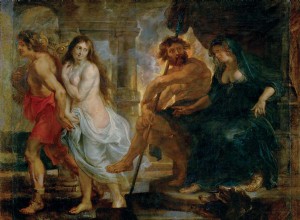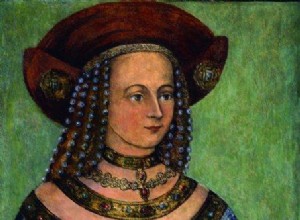They had to fight for their rights, take care of the home, and ... priests had the most say about their bodies. Sounds familiar? The everyday life of medieval women in some respects differed little from the reality known to modern women. Two respected historians take us on a fascinating journey




